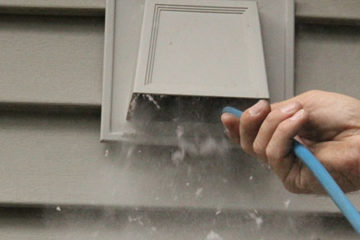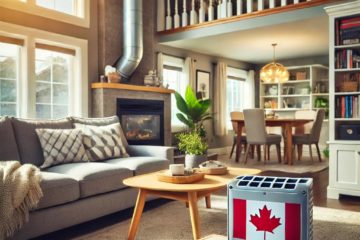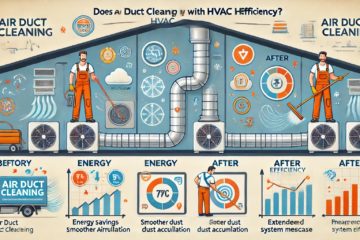Top Five Furnace Problems
The five most common causes of furnace problems:
- Dirty or clogged air filter: The air filter in your furnace is responsible for removing dust, dirt, and other contaminants from the air before circulating throughout your home. If the air filter becomes dirty or clogged, it can restrict the airflow and cause your furnace to stop working. To prevent this issue, it is recommended that you check and replace the air filter every month or more frequently if you have pets or live in an area with a lot of dust.
- Faulty thermostat: The thermostat is the control center for your furnace and is responsible for turning the furnace on and off and regulating the temperature in your home. If the thermostat is not functioning correctly, it can prevent your furnace from turning on or operating at the correct temperature. To check if your thermostat is the cause of the issue, try adjusting the temperature setting and see if the furnace responds. If the furnace does not respond, it could be a problem with the thermostat.
- Malfunctioning ignition system: Most modern furnaces use an electronic ignition system to ignite the gas burners. The furnace will not turn on if this system is not working correctly. Signs that the ignition system may malfunction include the furnace not turning on, the burners not igniting, or the furnace turning off shortly after turning on. If you suspect that the ignition system is the cause of the issue, it is recommended that you contact a professional technician for repair.
- Dirty burners or malfunctioning flame sensor: The burners in your furnace are responsible for burning the fuel to create heat. The flame sensor is responsible for detecting the presence of the flame and ensuring that the burners are burning correctly. If the burners are dirty or the flame sensor is not functioning properly, the furnace will not operate correctly. To diagnose and fix this issue, it is recommended that you contact a professional technician.
- Blocked vents or ducts: The vents and ducts in your home are responsible for circulating the warm air from your furnace throughout your home. If these vents or ducts are blocked or restricted in any way, it can prevent the warm air from circulating properly and cause your furnace to stop working. You will need to locate and remove the blockage to fix this issue. If you cannot locate the blockage or remove it, it is recommended that you contact a professional technician for assistance.
Dirty Air Filter
 The air filter in your furnace helps remove dust, dirt, and other contaminants from the air before circulating throughout your home. Over time, these contaminants can build up on the filter and restrict the airflow, causing your furnace to stop working. To prevent this issue, regularly checking and replacing the air filter is essential. It is truly amazing how many times this simple maintenance chore is the cause of furnace problems.
The air filter in your furnace helps remove dust, dirt, and other contaminants from the air before circulating throughout your home. Over time, these contaminants can build up on the filter and restrict the airflow, causing your furnace to stop working. To prevent this issue, regularly checking and replacing the air filter is essential. It is truly amazing how many times this simple maintenance chore is the cause of furnace problems.
To check the air filter, locate the filter compartment, which is usually located near the return air duct or blower compartment. Remove the filter and hold it up to a light source to see if it is dirty. If the filter is visibly dirty or clogged, it should be replaced. If the filter appears clean, you can reinsert it and see if it resolves the issue. If the furnace still does not work, the problem may be something other than the air filter.
It is recommended that you check and replace the air filter every month or more frequently if you have pets or live in an area with a lot of dust. Using a high-quality air filter can also help extend your furnace’s lifespan and improve the air quality in your home. If you are unsure how to check or replace the air filter, you can refer to the owner’s manual for your furnace or contact a technician for assistance.
Thermostat Problems
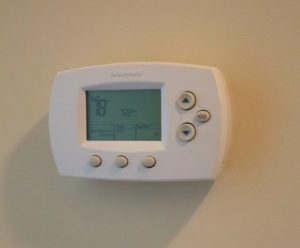 The thermostat is the control center for your furnace and is responsible for turning the furnace on and off and regulating the temperature in your home. If the thermostat is not functioning correctly, it can prevent your furnace from turning on or operating at the correct temperature.
The thermostat is the control center for your furnace and is responsible for turning the furnace on and off and regulating the temperature in your home. If the thermostat is not functioning correctly, it can prevent your furnace from turning on or operating at the correct temperature.
Several potential issues can cause a thermostat to malfunction, including:
Dead batteries: If the batteries in your thermostat are dead, they will not be able to send signals to the furnace to turn on or off. To check if this is the issue, try replacing the batteries in the thermostat and see if it resolves the problem.
Incorrect settings: If the thermostat is set to the wrong temperature or is in the wrong mode (e.g., heat instead of cool), it can prevent the furnace from turning on. To check if this is the issue, try adjusting the temperature setting and switching the thermostat to the correct mode.
Wiring issues: If the wiring in your thermostat or furnace is damaged or loose, it can prevent the thermostat from sending signals to the furnace. To check if this is the issue, you can visually inspect the wiring for any visible damage or loose connections.
If you are unable to diagnose and fix the issue with your thermostat, it is recommended that you contact a professional technician for assistance. They can properly diagnose and repair any problems with your thermostat or furnace.
The thermostat is the control center for your furnace and is responsible for turning the furnace on and off and regulating the temperature in your home. If the thermostat is not functioning correctly, it can prevent your furnace from turning on or operating at the correct temperature.
Malfunctioning Ignition System or Flame Sensor
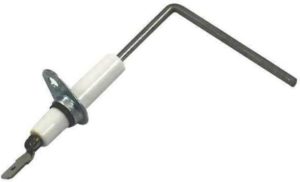 The burners in your furnace are responsible for burning the fuel (usually natural gas or propane) to create heat. The flame sensor is responsible for detecting the presence of the flame and ensuring that the burners are burning correctly. If the burners are dirty or the flame sensor is not functioning properly, the furnace will not operate correctly.
The burners in your furnace are responsible for burning the fuel (usually natural gas or propane) to create heat. The flame sensor is responsible for detecting the presence of the flame and ensuring that the burners are burning correctly. If the burners are dirty or the flame sensor is not functioning properly, the furnace will not operate correctly.
Signs that the burners or flame sensor may be the cause of the issue with your furnace include:
The furnace turns on and off repeatedly
The furnace is not producing enough heat
Strange smells coming from the furnace
The furnace makes strange noises when it attempts to ignite
To diagnose and fix this issue, it is recommended that you contact a professional technician. They will be able to properly diagnose and repair any problems with the burners or flame sensor.
Trying to repair the burners or flame sensor on your own can be dangerous, as it involves working with gas and electricity. It is essential to leave these repairs to a trained and licensed professional to ensure the safety of you and your home. It is a good idea to keep a spare flame sensor by your furnace; that is how common this small part creates furnace problems.
Blocked Ducts or Vents
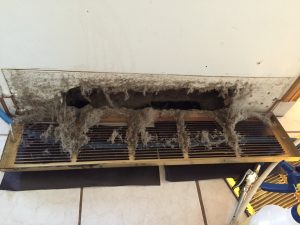 The vents and ducts in your home are responsible for circulating the warm air from your furnace throughout your home. If these vents or ducts are blocked or restricted in any way, it can prevent the warm air from circulating properly and cause your furnace to stop working.
The vents and ducts in your home are responsible for circulating the warm air from your furnace throughout your home. If these vents or ducts are blocked or restricted in any way, it can prevent the warm air from circulating properly and cause your furnace to stop working.
Signs that the vents or ducts may be blocked or restricted include:
Cold spots in your home, even when the furnace is running
Poor airflow from your vents
Higher than usual energy bills, as the furnace is working harder to heat your home
You will need to locate and remove the blockage to fix this issue. Some common causes of blocked vents or ducts include:
Dust, dirt, and debris accumulating in the vents or ducts
Furniture or other objects blocking the vents
Damage or leaks in the ducts
To locate the blockage, you can visually inspect the vents and ducts for any visible obstructions or damage. You can also use a flashlight or mirror to check for blockages or we use the Ferret Camera System. If you cannot locate the blockage or remove it, it is recommended that you contact a professional technician for assistance.
It is essential to regularly check and maintain your vents and ducts to ensure that they are functioning correctly. This can help extend your furnace’s lifespan and improve the air quality in your home. You can contact us for furnace & duct cleaning.
If you are having furnace problems simply search “furnace repair near me” for a list of companies in your area.
